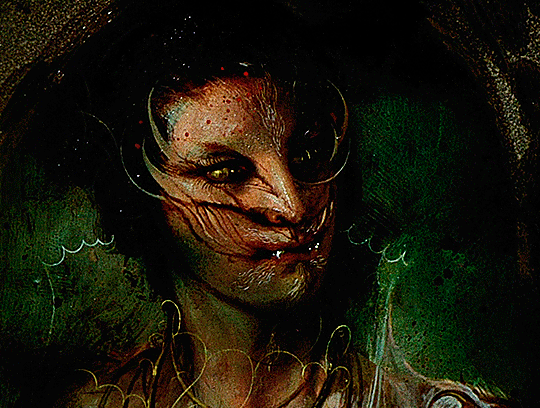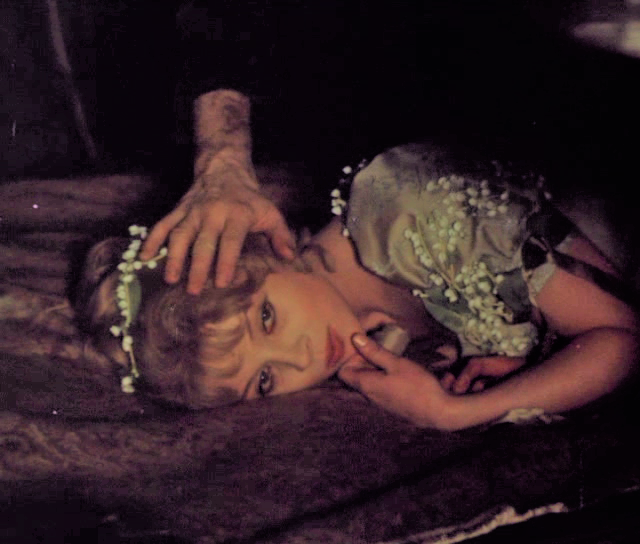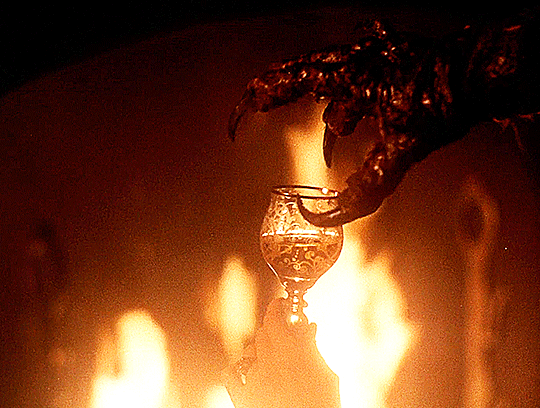Nobody Knows What A Monster Is
Nobody Knows What A Monster Is
Because it's not about monsters. It's about monstrosity.
Monstrosity is a mutual relationship between the audience and a presented object, and the monster is whatever is on the other side of that relationship. It could be a household pet, or a book of matches. It doesn't matter, only the presentation of it to the audience and the relationship they develop with it matters. A thing is not a monster unless the emotional narrative structure of monstrosity is constructed for it.
Here are three storytelling tips.
1. The audience should be scared of the monster. This is the most fundamental element. Lots of things are frightening- being hunted by a clever pack of hungry wolves, being in proximity to someone with a grotesque and contagious disease, being lost in the dark. All of these experiences are also interwoven with different emotions- excitement, pity, guilt, disgust, confusion, so the relationship between the audience and the monster will be interwoven with them too. But the primary emotional relationship must always be fear- not disgust or pity or love. A monster may be a human being, but it is not a person. It has this specific narrative role to play in your story. (You can have a part-monster-part-something-else, of course, which fills one narrative role at one time and another later, or perhaps a bit of each at once. But the audience must still be afraid of them.)
2. The monster should be an omen of more frightening things, and stir the audience to imagine them. That is what monsters do, etymologically. The goal is to take a reliable assumption that has brought the audience some safety and comfort, and violate it. "If this is possible, what else is possible?" This could be something general- that you are being watched when you assumed privacy, that you were being followed when you assumed you were alone. For a more specific approach, a monster might introduce some new anxiety— some specific aspect of their life they've thus far taken for granted is now extremely important. If they don't pay close attention and manage it just right, terrible things could happen. A more blunt and aggressive form may also seek to create a specific imagined scenario and associate it with something the audience otherwise found innocent- like a murder in the shower.







Evocative and useful
ReplyDeletethis is most correct post on monsters yet
ReplyDelete